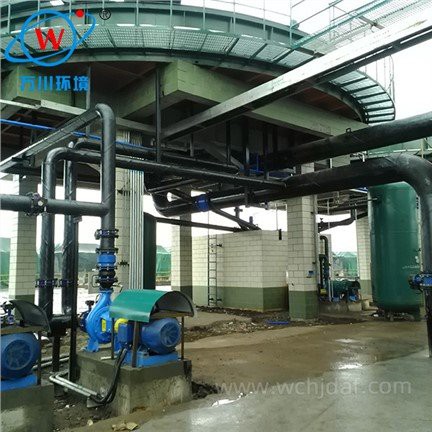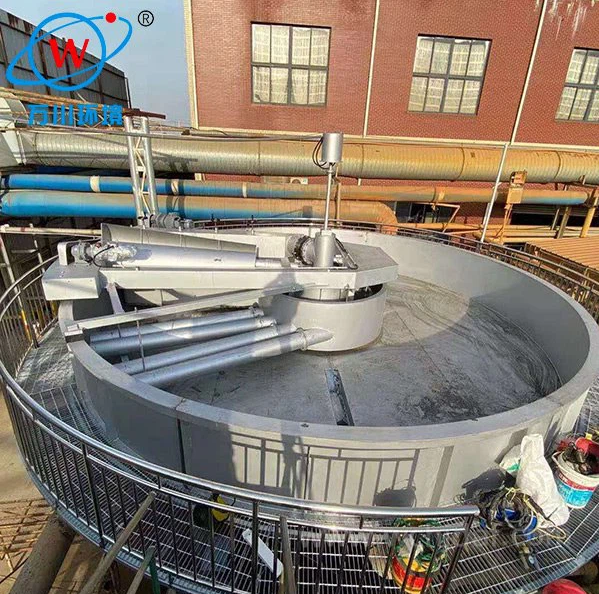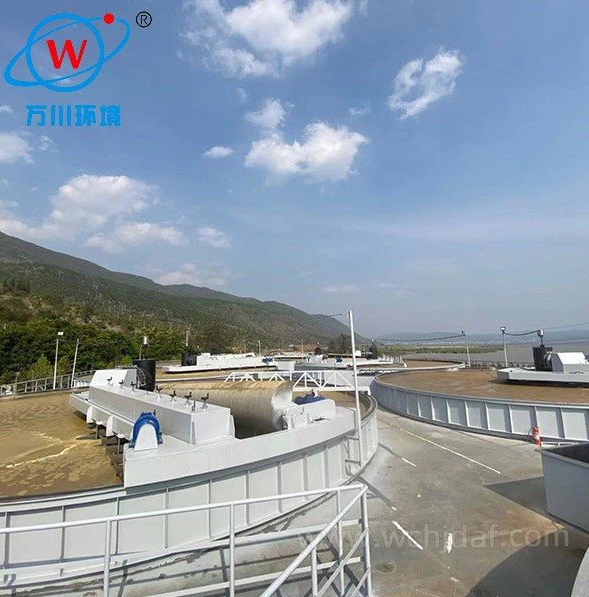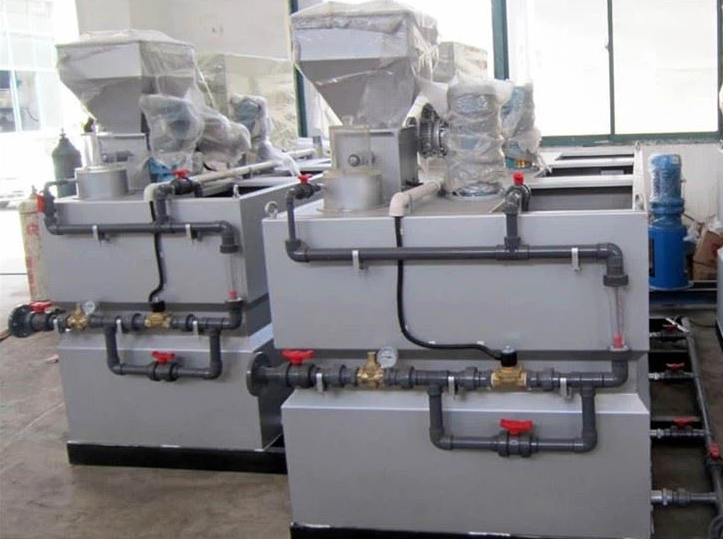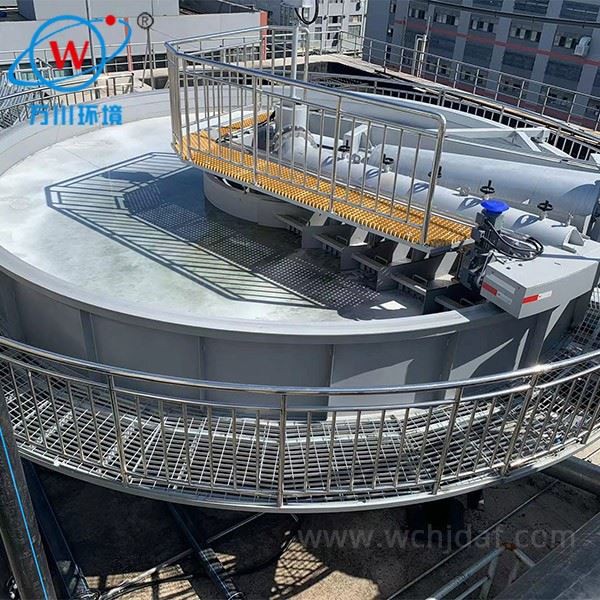Signs of an Inefficient Air Flotation Process
An inefficient air flotation process in sewage treatment can be identified through several distinct signs, each indicating potential issues that disrupt the separation of contaminants from wastewater. Recognizing these signs promptly is crucial for maintaining treatment quality and preventing environmental hazards.
1. Poor Effluent Quality
- Treated water appears cloudy, turbid or contains visible solids
-
Elevated levels of:
- Chemical Oxygen Demand (COD)
- Biochemical Oxygen Demand (BOD)
- Total Suspended Solids (TSS)
These indicators directly reflect the system's inability to effectively remove pollutants.
2. Unstable or Small Flocs
- Flocs break apart easily or remain too small to float efficiently
-
Potential causes:
- Improper chemical dosing
- Insufficient mixing during coagulation/flocculation
- Issues with air-bubble generation
3. Ineffective Scum Removal
- Scum layer is thin, patchy or redisperses into water
-
Indicates either:
- Poor floc aggregation
- Malfunctioning skimming mechanism
A well-functioning system should produce thick, stable scum that's easily removable.
4. Operational Anomalies
- Unusual noises, vibrations, or pressure fluctuations
-
Affected components may include:
- Air compressors
- Pumps
- Diffusers
- Frequent manual adjustments or system shutdowns
5. Increased Chemical Consumption
-
Higher than normal use of:
- Coagulants
- Flocculants
- Other treatment chemicals
- Without corresponding improvement in effluent quality
Indicates chemicals aren't being utilized effectively due to process flaws.

